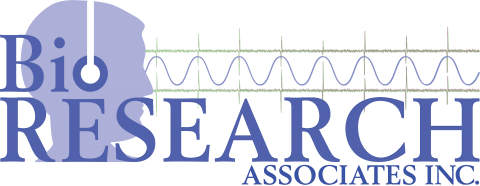Bio-EMG-III™ for Dentistry
The BioEMG is the clinician’s most valuable tool for evaluating the craniofacial musculature effectiveness in patients and cases. Achieving optimal muscle function in cases allows for more confident treatment courses or patient specific physiology. BioEMG, or “electomyography” allows the clinician to evaluate the efficiency of the patient musculature in rest, chewing, and clenching. Using EMG allows for identifying improper muscle function and ensures long term dental work stability.
Measure Actions & Reactions
EMG is the only way to objectively measure the actions and reactions of the muscles of the head and neck. This provides the ability to test your treatments and bite positions before finalizing the treatment position.
The BioEMG III electromyograph records electrical (bio-potential) activity from eight muscles simultaneously. Microvolt signals are amplified, virtually without noise, to 5000 times their original levels. Signals are displayed on a computer as original time domain waveforms and average levels that disclose contraction patterns and relative intensities.
WHY BioEMGIII™?
- Know the effects each dental procedure will have on patient muscle function before proceeding
- Understanding which dental interference's are of concern
- Create balance between muscle groups
- Quantify a confident resting level.
EMG Research Studies
Many well known and respected Doctors from around the world have researched the efficacy of the EMG in dental practice- Radke J, Kadamati P, Ruiz-Velasco G. "Delayed peak sEMG of elevator muscles in dysfunctional mastication" by BioRESEARCH, Chairman John Radke:
Here is a bibliography of articles on EMG in dentistry research.
